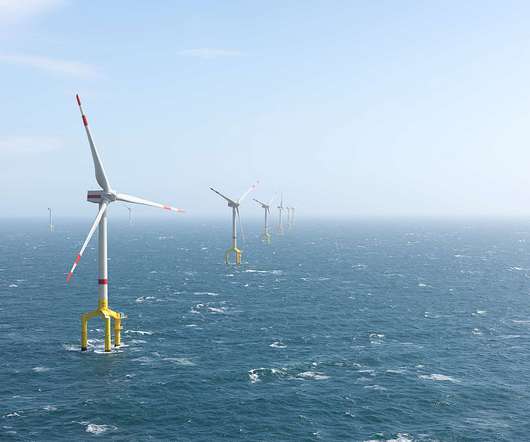Holistic asset management for utility network companies
IBM Big Data Hub
MARCH 29, 2024
Addressing challenges of the energy transition with grid asset management The energy transition is gearing up to full speed as renewable energy sources replace fossil-based systems of energy production. The grid itself must green to operate within the environmental, social and governance (ESG) objectives and become carbon neutral by 2050.












Let's personalize your content